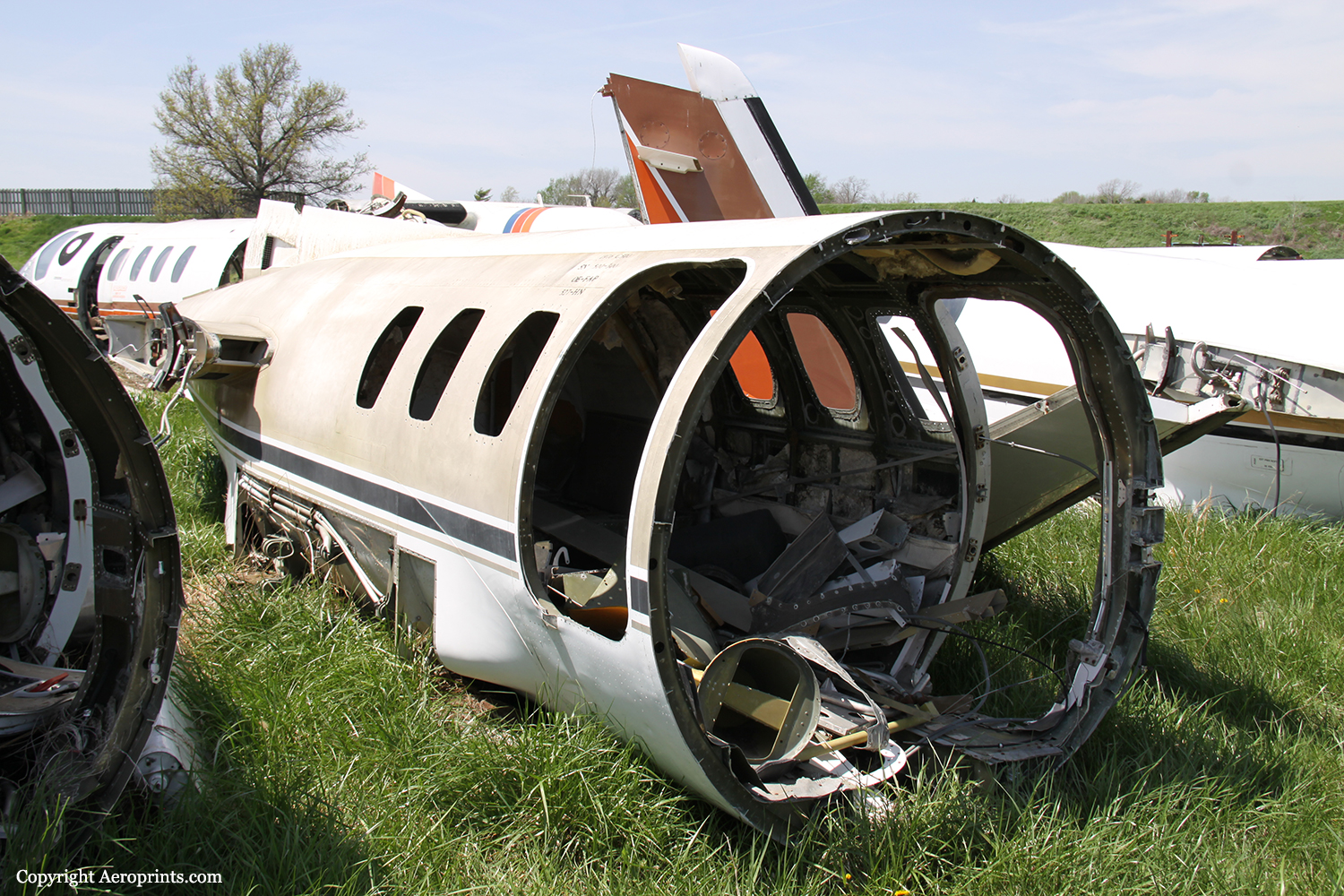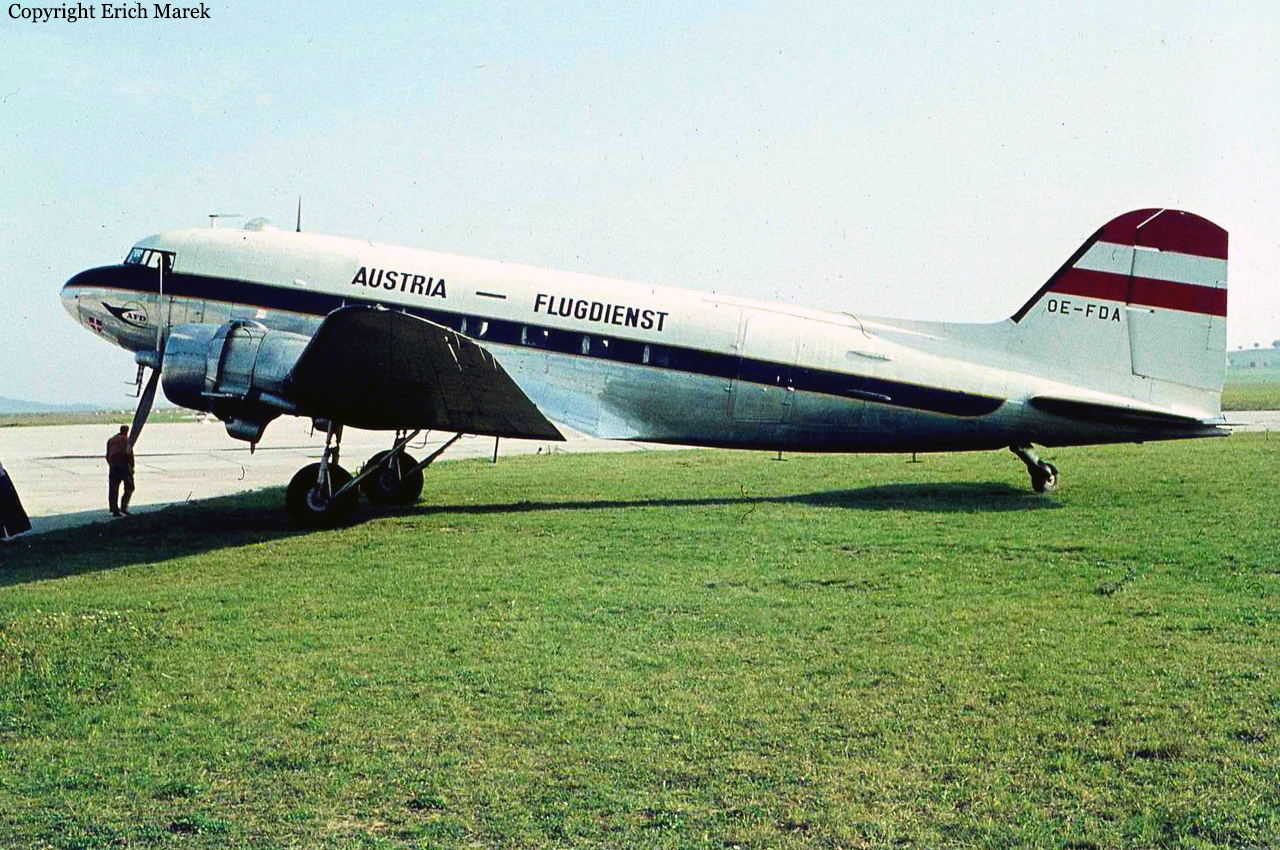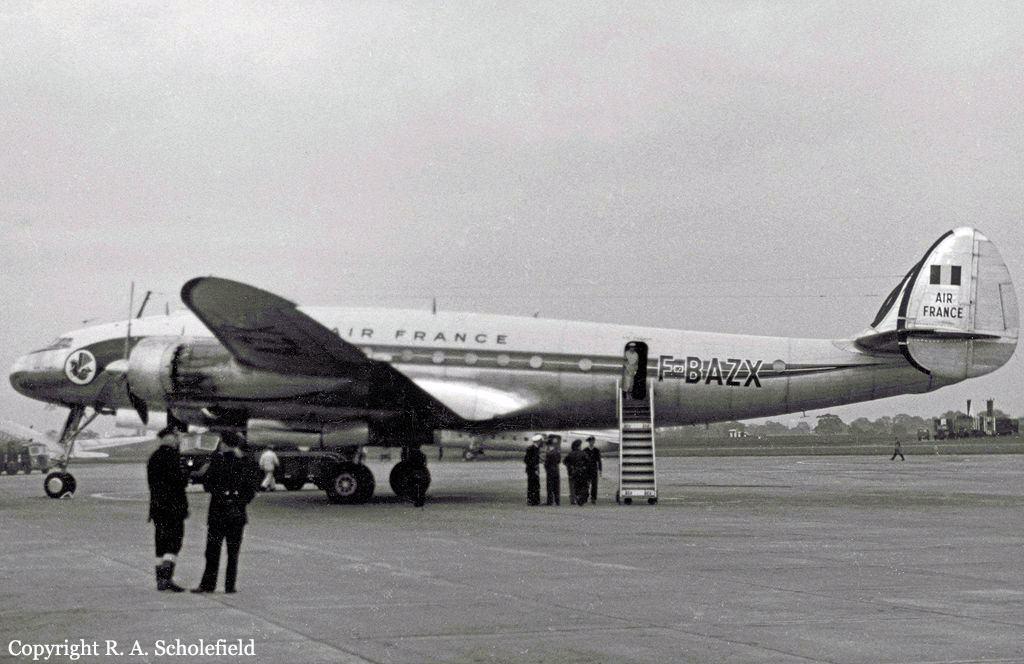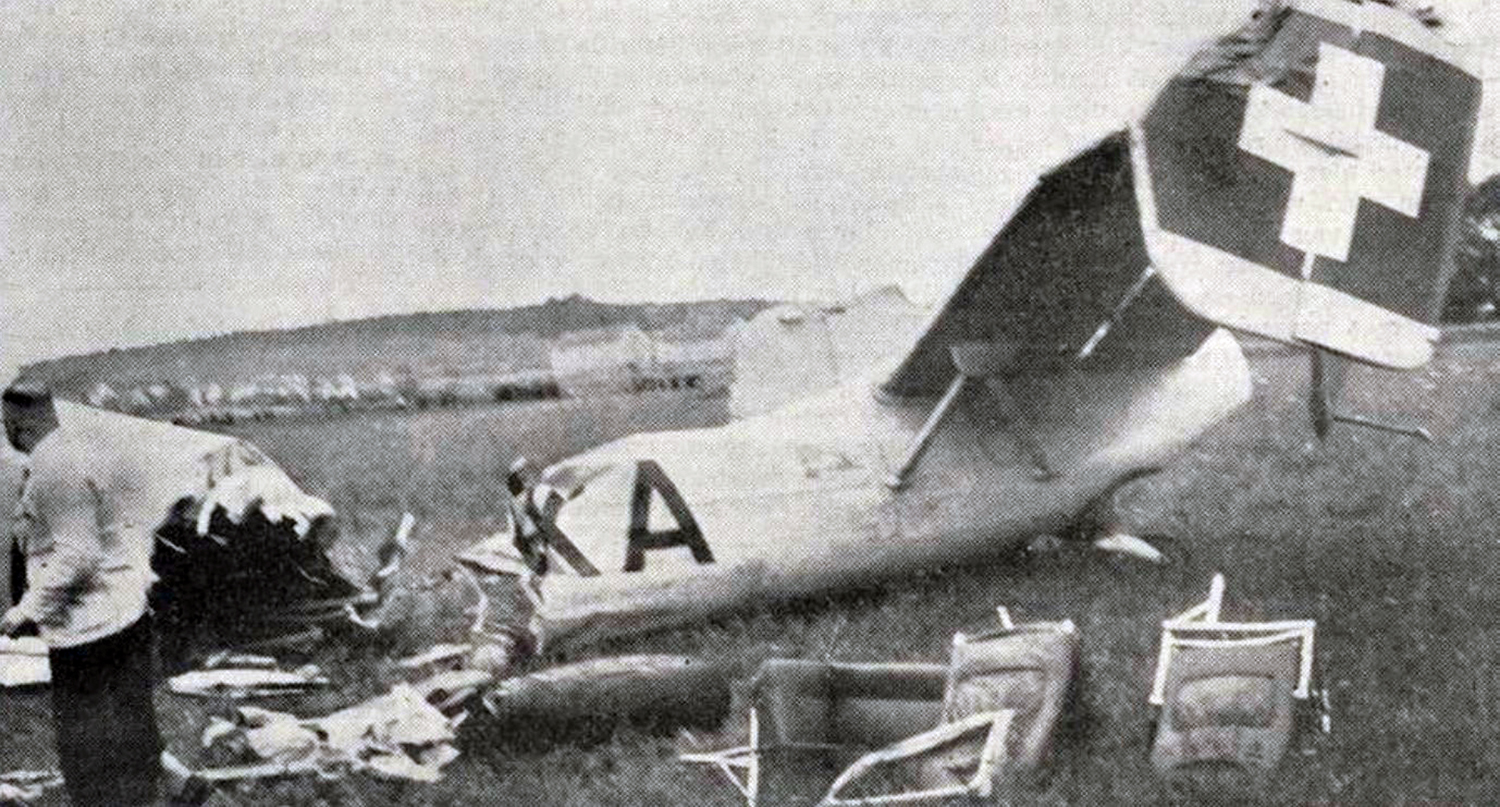Crash of a Piper PA-46-310P Malibu in Vienna
Date & Time:
Jan 27, 1989 at 1430 LT
Registration:
OE-KDB
Survivors:
Yes
Schedule:
Krakow - Vienna
MSN:
46-8608046
YOM:
1986
Crew on board:
1
Crew fatalities:
Pax on board:
4
Pax fatalities:
Other fatalities:
Total fatalities:
0
Circumstances:
On final approach to Vienna-Schwechat Airport, the pilot was forced to initiate a go-around procedure for unknown reasons when the engine failed. He attempted an emergency landing when the aircraft struck the ground and crashed in an open field located near the village of Probstdorf, about 6 km short of runway 16 threshold. All five occupants were injured, the pilot seriously.
Probable cause:
Engine failure on short final for unknown reasons.















